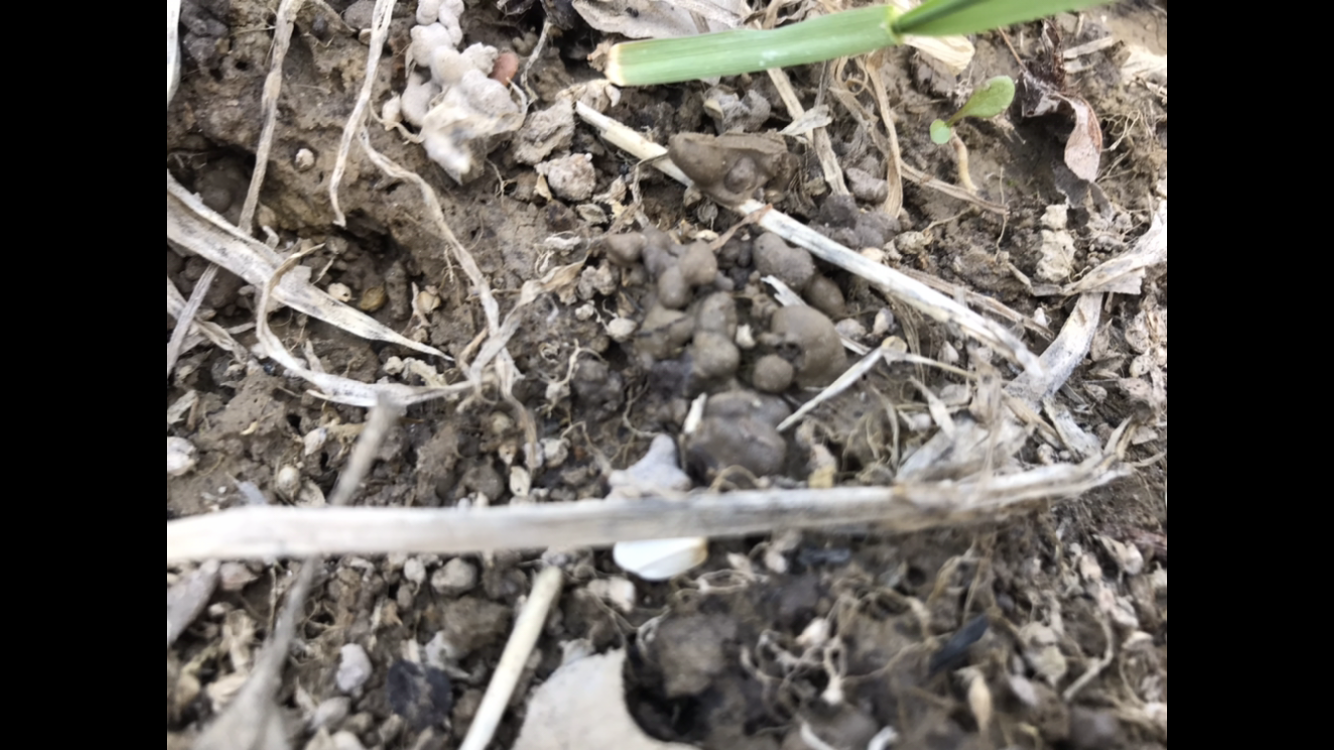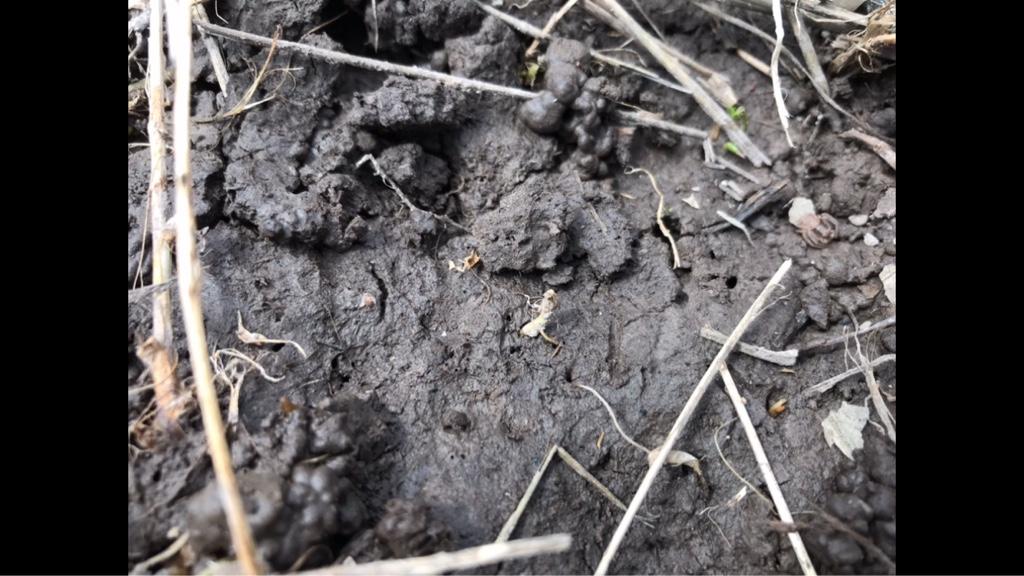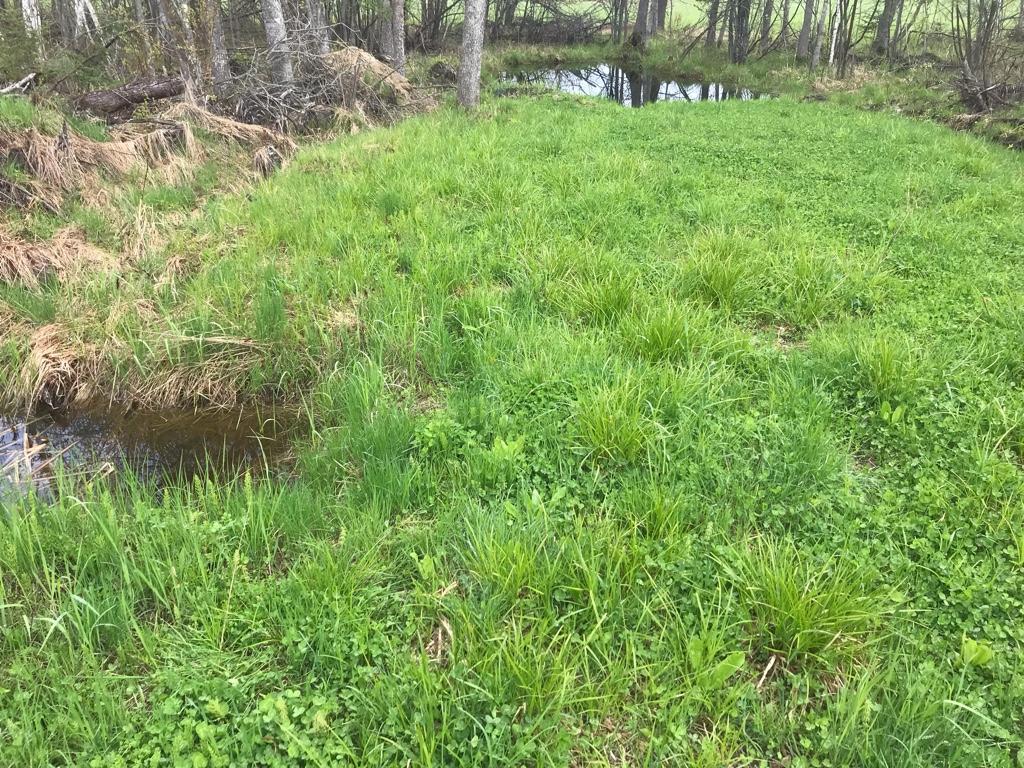MarkDarvin
Well-Known Member
Big little surprise on the surface this weekend. Where I had made deep layers of clay over my topsoil, I was worried I’d have to manually move worms to this soil once it was going to get the wigglers in business.
Then I found castings. I couldn’t believe it. There aren’t a ton yet, but some survived the ride. I checked two spots I knew were just solid paste.


I then checked another spot that caught a sod booger that stayed on top.

I’m still going to move worms out here once the clover canopies. I set up some spots near my yard with wood slabs. I’ll go back and spread some alfalfa pellets underneath to help bring them in. I’ll move a dozen at a time in solo cups and plant them every so many feet out there and wish them luck.
Sent from my iPhone using Tapatalk
Then I found castings. I couldn’t believe it. There aren’t a ton yet, but some survived the ride. I checked two spots I knew were just solid paste.


I then checked another spot that caught a sod booger that stayed on top.

I’m still going to move worms out here once the clover canopies. I set up some spots near my yard with wood slabs. I’ll go back and spread some alfalfa pellets underneath to help bring them in. I’ll move a dozen at a time in solo cups and plant them every so many feet out there and wish them luck.
Sent from my iPhone using Tapatalk






